Calcium Citrate CAS 813-94-5
Chemical Name: Calcium Citrate
CAS No.: 813-94-5
Molecular Formula: C12H10Ca3O14
Molecular weight:498.43
Appearance:White powder
Assay: 97.5-100.5%
发送询盘
Description
Calcium Citrate Quick Details
Chemical Name: Calcium Citrate
CAS No.: 813-94-5
Molecular Formula: C12H10Ca3O14
Product Structure:
Molecular weight: 498.43
Appearance: White powder
Assay: 97.5-100.5%
Typical Properties
Test?item
Specification
Result
Appearance
White Powder
Conforms
Identification
Should meet the requirements
Conforms
Assay(dried basis)
97.5~100.5%
98.75%
Cacium
Around 24%
24.19%
Lead
??0.001%
<0.001%
Heavy metals
??0.002%
<0.002%
Arsenic
??3???g/g
<3 ??g/g
Loss on drying
??2%
1.25%
Acid-insoluble substances
??0.2%
0.14%
Partical size
Through 200 mesh
Conforms
Total Aerobic Mircrobidal count
Maximum 1000 cfu/g
Less than 1000 cfu/g
Total Aerobic Mircrobidal count
Maximum 100 cfu/g
Less than 100 cfu/g
Total Coliform count
Maximum 10 cfu/g
Less than 10 cfu/g
E.Coil
Negative in 10g
Negative in 10g
Salmonella
Negative in 25g
Negative in 25g
Staphylococcus Aureus
Negative in 10g
Negative in 10g
Conclusion:
The results conforms with USP35?standards
?
Calcium Citrate Usage
This product is used as an analytical reagent and used in the preparation of lemon salts.
Packaging and Shipping
Packing: 25kg/drum
Calcium Citrate Storage
It should be placed in cool and dry.
| 5 |
|
0 |
| 4 |
|
0 |
| 3 |
|
0 |
| 2 |
|
0 |
| 1 |
|
0 |
- 2
- 2-diallylpent-4-en-1-amine
- 4
- 95-16-9
- Ammonium sulfamate
- Benzothiazole
- cas:67889-00-3ح2
- cas:83524-75-8 | pigment black 32
- cas:928836-00-4 | 2
- cas:932745-70-5 | 4
- Chemical Minerals
- Coconut diethanolamide
- Daily Chemicals
- discount
- for sale
- General pvc resin
- hexyl D-glucoside
- in stock
- Lauramidopropyl betaine
- LAURIC ACID MONOETHANOLAMIDE
- Petroleum Additives
- Plasticiser
- Ploymers
- price
- PVC
- quotation
- Raw Materal
- Remove term: Petroleum Additives Petroleum Additive
- SODIUM ETHYL 2-SULFOLAURATE
Related Products
Microcrystalline cellulose is a purified, partially depolymerized cellulose that occurs as a white, odorless, tasteless, crystalline powder composed of porous particles. It is commercially available in different particle sizes and moisture grades that have different properties and applications.
Microcrystalline cellulose and carboxymethylcellulose sodium occurs as a white or off-white odorless and tasteless hygroscopic powder containing 5?C22% sodium carboxymethylcellulose. It is a water-dispersible organic hydrocolloid.
Chemical Name: 1,1,2,2-Tetrachloroethane
Other Name: Tetrachlorethane
CAS No.: 79-34-5
Molecular Formula: C2H2Cl4
Molecular Weight: 167.85
Appearance: Liquid
Citric acid is a white, crystalline, weak organic acid present in most plants and many animals as an intermediate in cellular respiration. Citric acid contains three carboxyl groups making it a carboxylic, more specifically a tricarboxylic, acid.the name citrus originates from the Greek kedromelon meaning apple of melon for the fruit citron. Greek works mention kitron, kitrion, or kitreos for citron fruit, which is an oblong fruit several inches long from the scrublike tree Citrus medica. Lemons and limes have high citric acid content, which may account for up to 8% of the fruit’s dry weight.
Hydrogenated lecithin is light yellow or milky white powder. Due to the use of catalysis and hydrogenation processes, the unsaturated chains of unsaturated fatty acids in the molecular structure of soybean lecithin disappear, thereby greatly improving the chemical stability, dispersibility, and emulsification of lecithin. It has decolorization and deodorization effects, which is more conducive to storage and preservation, and improves its role in medicine, high-end cosmetics, and light industry. It is especially suitable for intravenous fat emulsifiers and nutrients. It is used as a blood lipid emulsifier to prevent arteriosclerosis, and has the advantages of being easy to digest, easy to absorb, and almost not remaining in the internal organs.
Chemical Name: Dehydrocholic acid
Synonyms: Acide dehydrocholique; Triketocholanic acid
CAS No.: 81-23-2
Molecular Formula: C24H34O5
Molecular Weight: 402.53
Appearance: Powder
Monostearin is a versatile emulsifier and emollient derived from glycerol and stearic acid. It is instrumental in stabilizing emulsions and enhancing the texture and consistency of a wide range of products in the cosmetics, food, and pharmaceutical sectors.
Chemical Name: Arabic gum
CAS No.: 9000-01-5
Appearance: powder
Chemical Name: Zinc citrate
Synonyms: Zinc citrate trihydrate
CAS No.: 546-46-3
Molecular Formula: C6H8O7Zn
Molecular Weight: 257.5
Appearance: White powder
Chemical Name: o-Xylene
Synonyms: 1,2-Dimethylbenzene; ortho-xylene
CAS No.: 95-47-6
Molecular Formula: C8H10
Molecular Weight: 106.17
Chemical Name: Polyglycerol-10 decanoate
CAS No.: 145268-65-1
Appearance:?Colorless to light yellow viscous liquid
Assay: 98%
Product name:Cyclopentane
Purity:96%
Appearance:White powder
Package:25kg/bag
Sample:Available
Chemical Name: LACTITOL
CAS No.: 585-86-4
Molecular Fomula: C12H24O11
Molecular weight:?344.31
Appearance:?White crystalline powder
Assay: 98.0%-101.0%

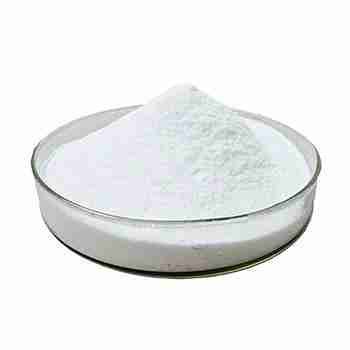




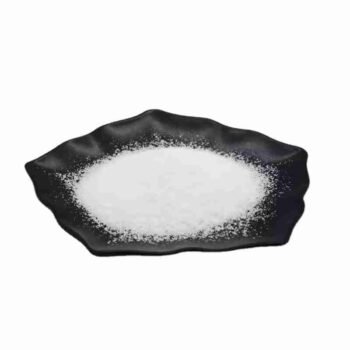
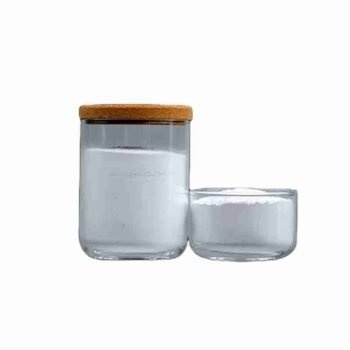





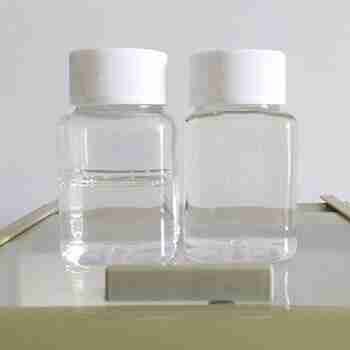

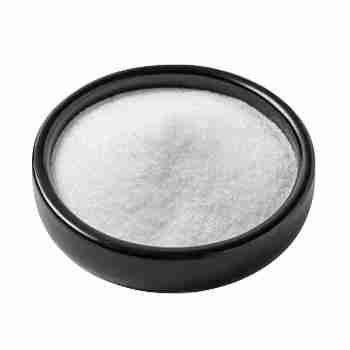



Reviews
There are no reviews yet.